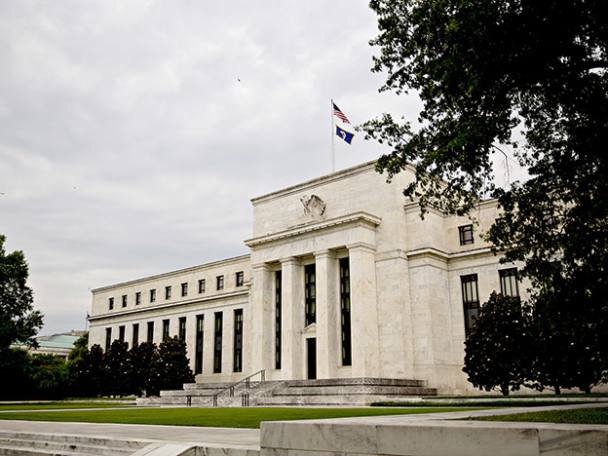- Real yields on 10 year US treasury fell to -1.1 per cent in July
- More volatility possible and some analysts favour defensive shares
Calculations in research by the Bank of America says world interest rates are at a 5,000-year low. How those estimates are made back to the times of the early pharaohs is remarkable but BoA’s assertion that rates will struggle to rise from here is made with more reliable recent data points.
The dilemma for all investors, whether or not they like to hold government bonds, is should they position their portfolios for a market that demands higher yields and therefore a bigger discount rate for holding riskier assets like shares. When that happens, share prices must re-rate, a dynamic in evidence at the start of 2021 which contributed hugely to the rotation into value stocks.
Fears for the global economic recovery, thanks to the alarming rise of the Covid-19 delta variant, and industrial supply chain pressures are refining the tone of central bank policymakers. Between June and July, the US Federal Reserve has reverted from displaying a resolve not to let the American economy run hot, to the softly-softly stance it took towards reining in inflation at the beginning of the year.
Longer term, one of the reasons BoA is confident the Fed won’t hike rates aggressively is the liquidity trap of the central bank’s own making. The financial system is now reliant on puffing asset prices and, thanks to product innovations and collateral/settlement issues, guzzles dollars like never before. This ties the Fed’s hands when it comes to tightening the taps.
Secular pressures weigh on rate expectations and if a restarting of the US economy after Covid-19 isn’t a prelude to sustained growth, shorter-term fears of inflation are also more likely to prevent the yield curve from steepening. Should the inflationary spike seen this year tip the economy into recession then the outlook for rates further out would be lower.
The nightmare scenario is stagflation, where higher inflation is accompanied by contracting GDP. Higher rates would be needed to solve the first part of the problem but as in the early 1980s, maintaining that would cause enormous pain in the economy (especially given the weight of debt now dwarfs what there was then).
Much will also depend on US fiscal policy (government spending and taxation). Bi-partisan support in Congress for spending on hard infrastructure projects is positive as these long-term investments can yield a return in raising productivity – which is key to mitigating inflationary risks. More controversial are the Democrats’ proposed “soft infrastructure” plans.
These involve investing in people. If that means raising skills and un-locking innovation then it’s another plus for productivity; if it turns out to be an expensive way of keeping Americans on welfare and out of work, it could have the opposite effect.
Jury still out on inflation as Fed plays for time
Given the delicate balance between growth and inflation, Validus Risk Management predict the Fed will remain patient. As was shown in June, firmer wording in statements can be a way of controlling the narrative around inflation and calm volatile asset markets. Validus highlights that much inflationary pressure is concentrated in fast rebounding and supply-constrained sectors of the economy. Although real bond yields have been dragged lower, the dampening affect these same supply issues have on GDP lessens the market’s appetite to ditch US Treasuries for riskier assets.
Bond investors seem to be coming around to the view that there will be a period of higher transitory inflation but that this must be tolerated to an extent. The compromise has been reflected in recent flows into US Treasury Inflation-Protected Securities (TIPS). At the end of July, Axa Investment Management CIO, Chris Iggo, noted the five-year forward break-even inflation rate implied by TIPS securities, dropped 30 basis points from its peak in May.
Although inflation expectations have subsided recently, other commentators like Subadra Rajappa at Société Générale aren’t convinced more powerful growth and rising employment numbers won’t require the Fed to adopt hawkish tones once more. Rajappa points out the post-pandemic recovery will be in fits and starts so it is premature to conclude there has been a paradigm shift to lower yields.
The decline in the 10-year US Treasury yield to 1.2 per cent (which was -1.1. per cent in real terms after inflation), could be due to technical factors like the Fed’s net purchase of treasuries and also the rise in demand from US banks, writes Iggo. In Rajappa’s view the momentum factor of investors seeking haven assets like treasuries is also a factor.
If treasuries have been overbought there is likely to be a correction but maybe the knock-on effect for other assets could be different to earlier in the year. BoA like defensive stocks in vaccinated markets and see the value trade in cyclical stocks in re-opening markets like Japan.





.jpg?source=invchron&width=600)

.jpg?source=invchron&width=600)
.png?source=invchron&width=600)
